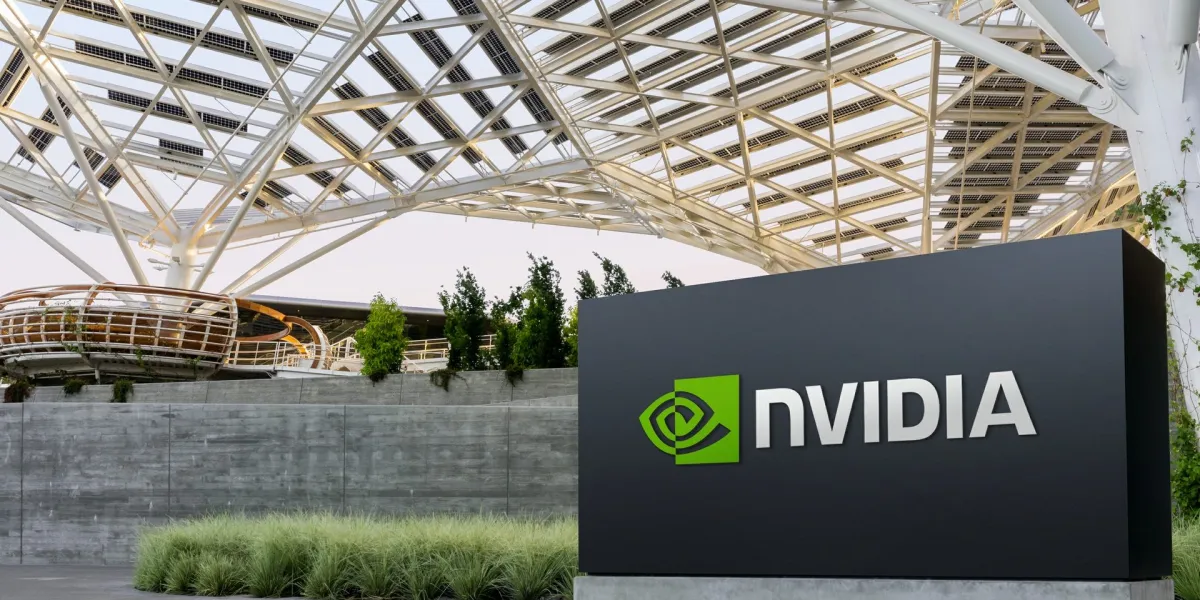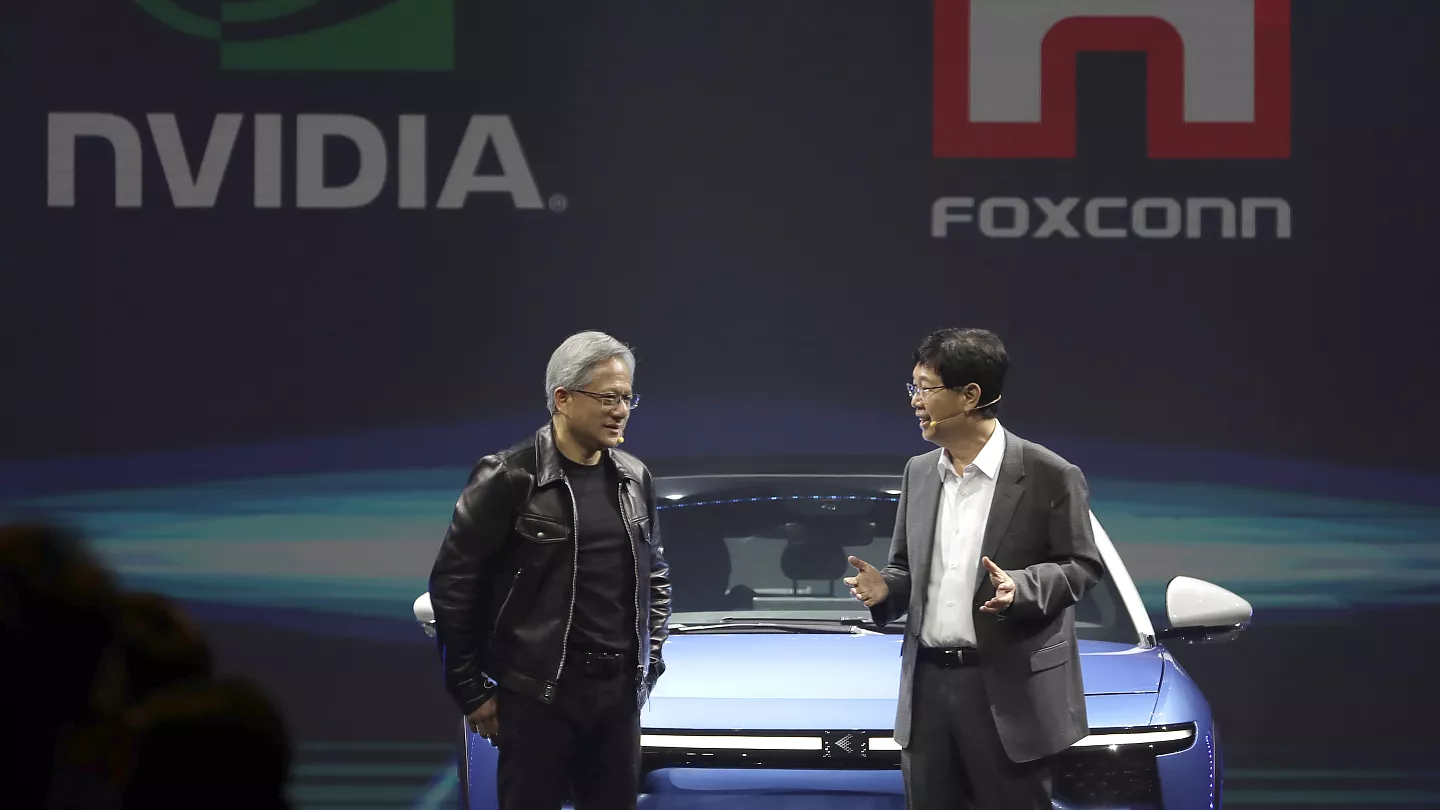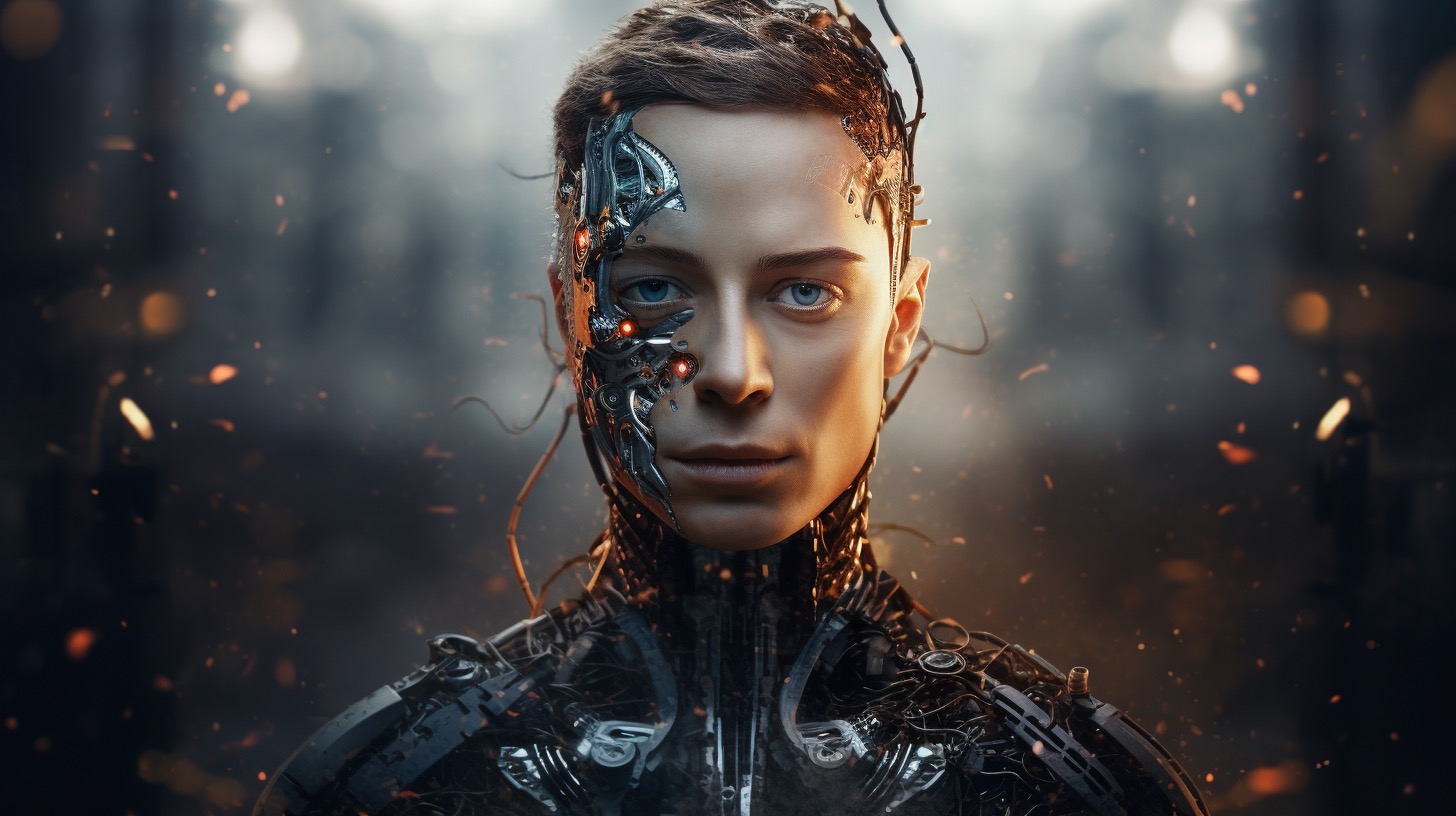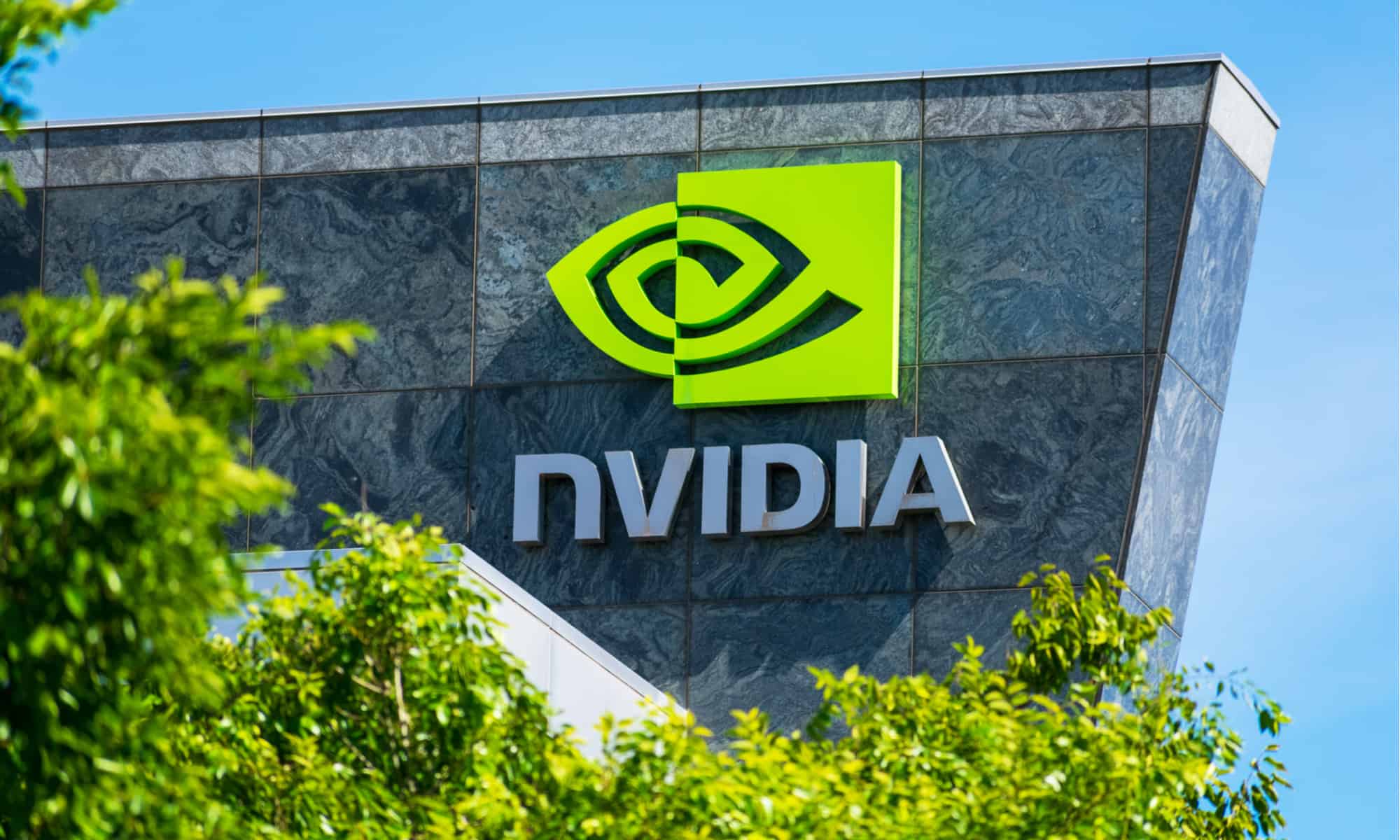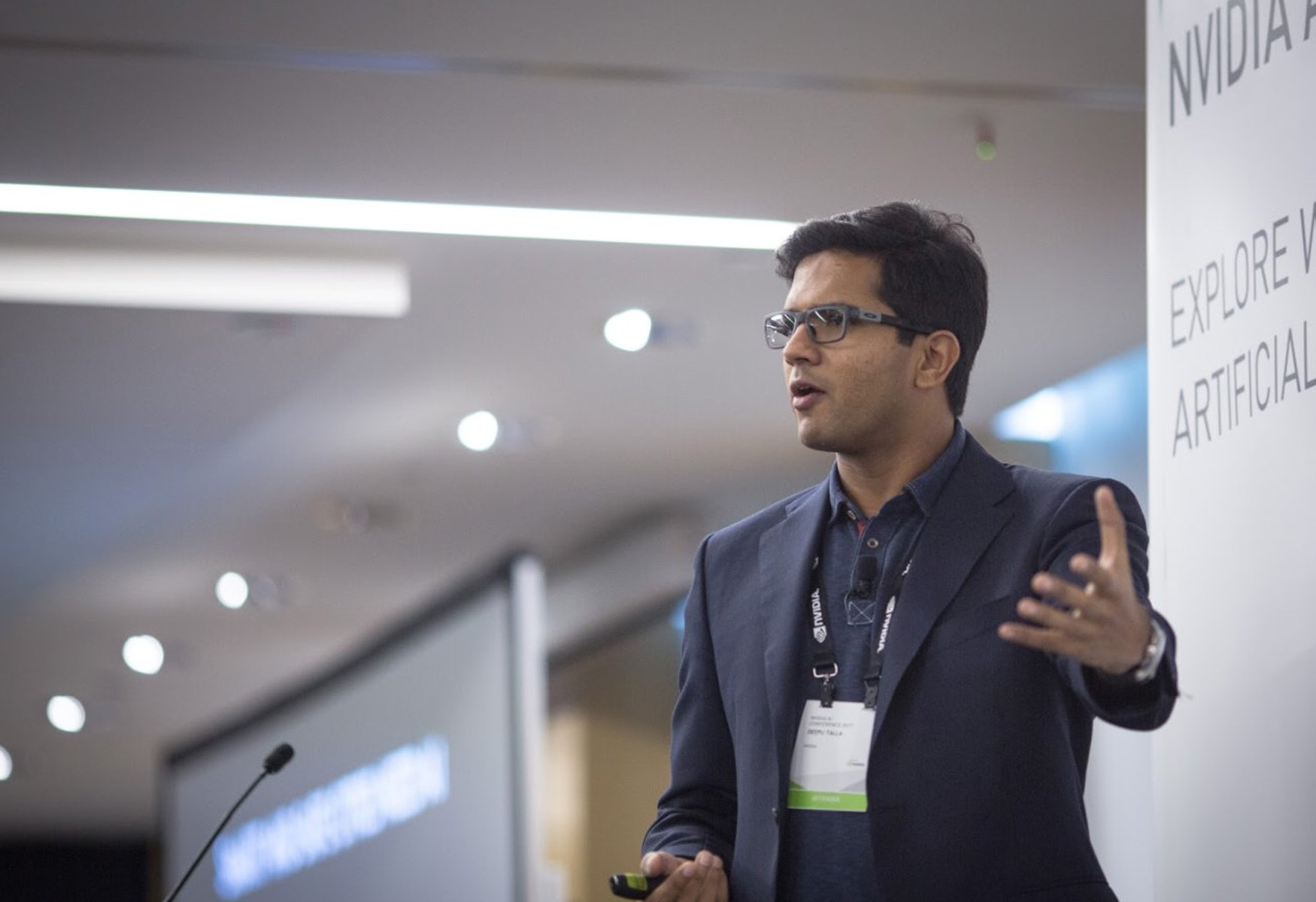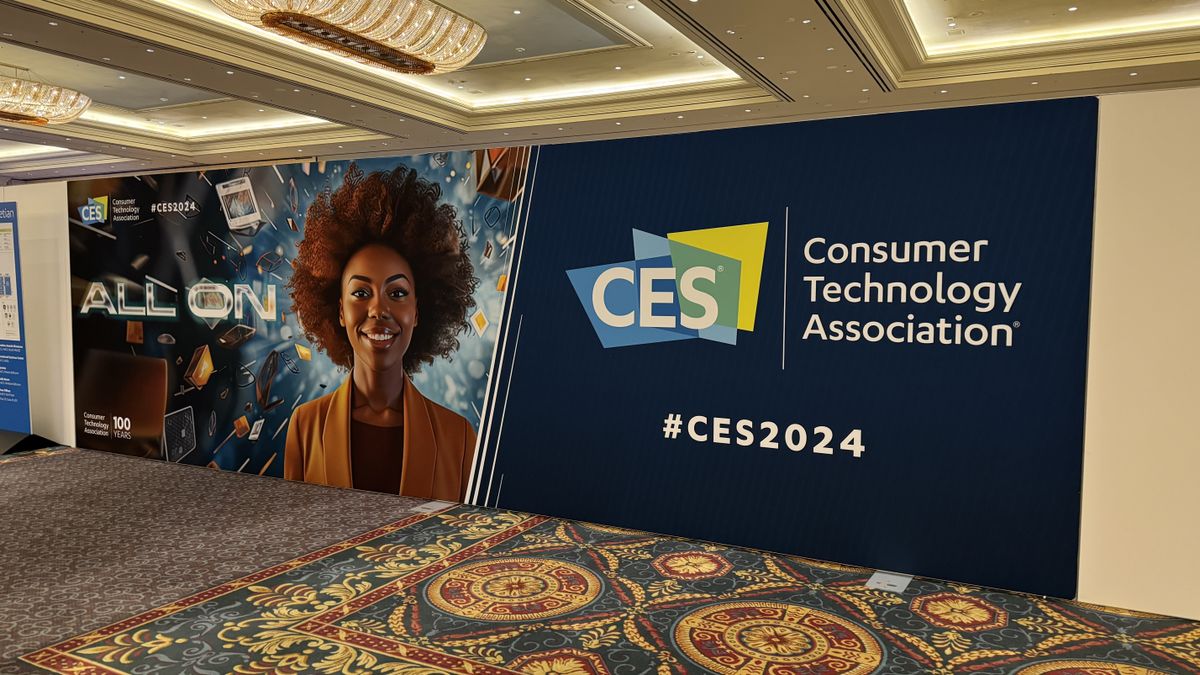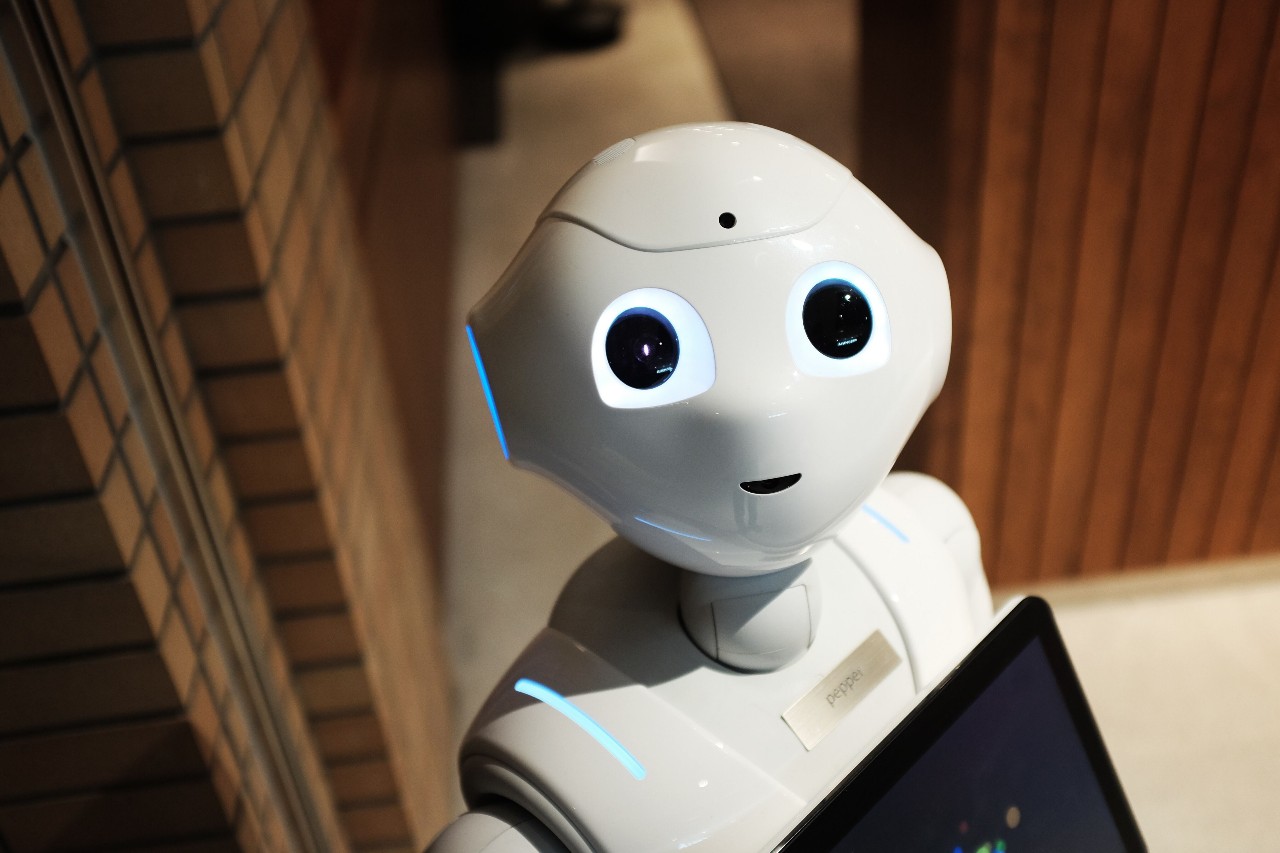Nvidia, the leading technology company in graphics processing units (GPUs), is making waves in the robotics industry with its groundbreaking announcement of generative artificial intelligence (AI) compatibility. The integration of generative AI into robotics platforms has become a topic of immense interest, as it opens up a world of possibilities for leveraging emerging technologies.
Key Takeaway
Nvidia’s integration of generative AI into its robotics platforms marks a groundbreaking development in the industry. With the power to enhance productivity, decision-making, and user experience, generative AI opens new doors for the future of robotics. Leveraging its extensive developer network, Nvidia is set to lead the way in real-world applications of generative AI in the field of robotics.
Nvidia Paves the Way for Productivity Improvements
During a recent visit to Nvidia’s South Bay headquarters, Deepu Talla, the company’s Vice President and General Manager of Embedded & Edge Computing, shared insights into the power of generative AI. Talla emphasized the significant productivity improvements that have already been achieved through the use of generative AI. From composing emails to providing summarized information, generative AI has proven to be a transformative tool, enhancing efficiency and saving time for users.
Nvidia’s ROSCon Announcement
Nvidia’s groundbreaking news comes in conjunction with its ROSCon announcement, which is part of the company’s comprehensive approach to robotics. In addition to generative AI integration, Nvidia is also introducing the Nvidia Isaac ROS 2.0 and Nvidia Isaac Sim 2023 platforms. These systems are set to revolutionize the adoption of generative AI among roboticists, tapping into a vast network of 1.2 million developers who have already engaged with Nvidia’s AI and Jetson platforms. Major clients such as AWS, Cisco, and John Deere are among the prominent names using these platforms.
The Jetson Generative AI Lab
A noteworthy aspect of Nvidia’s robotics offerings is the introduction of the Jetson Generative AI Lab. This groundbreaking lab provides developers with access to open-source large language models (LLMs), diffusion models for interactive image generation, vision language models (VLMs), and vision transformers (ViTs) that combine vision AI and natural language processing. These tools empower developers to create comprehensive understanding of scenes and enhance decision-making capabilities for robots.
Enhanced Perception and Simulation
The latest versions of Nvidia’s platforms also bring improvements to perception and simulation, further enhancing the capabilities of robotics systems. By leveraging generative AI, these platforms enable robots to adapt on the fly and offer a more natural language interface, making them more versatile and user-friendly in various use cases.







